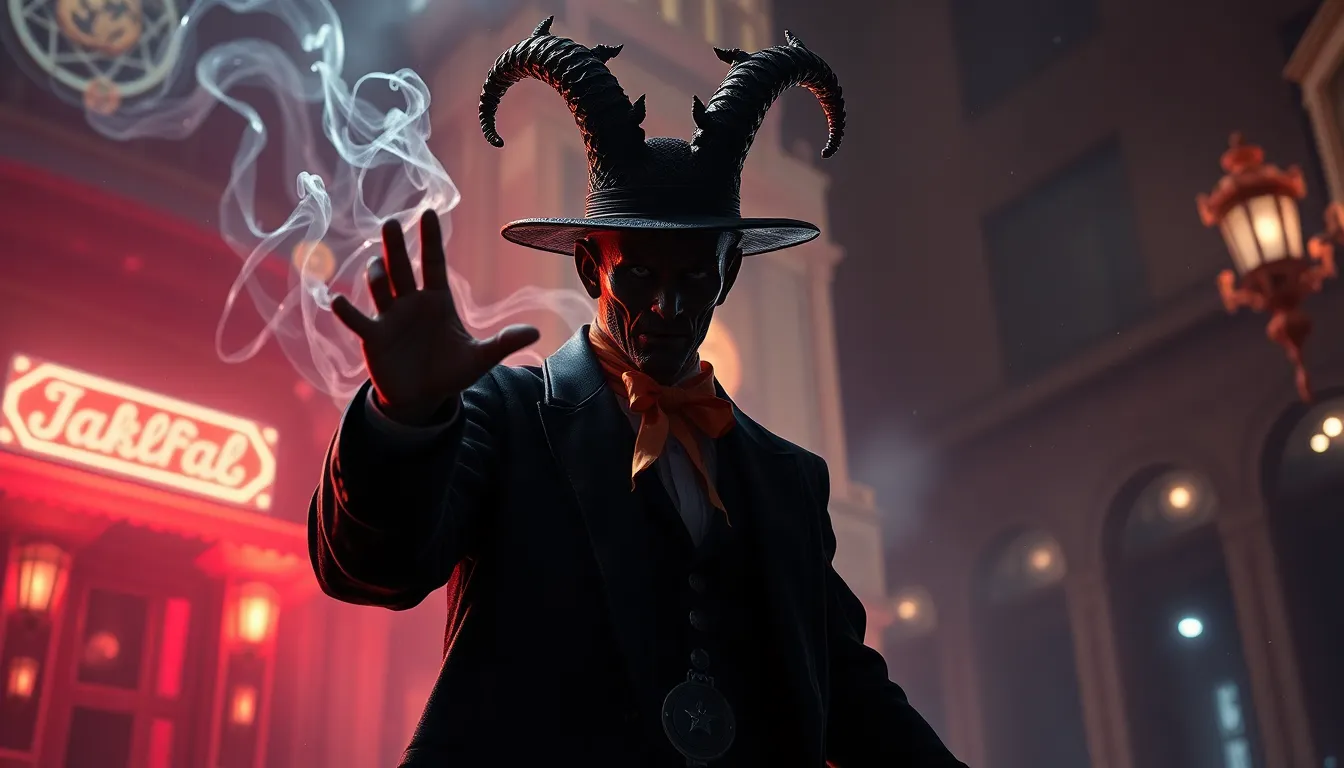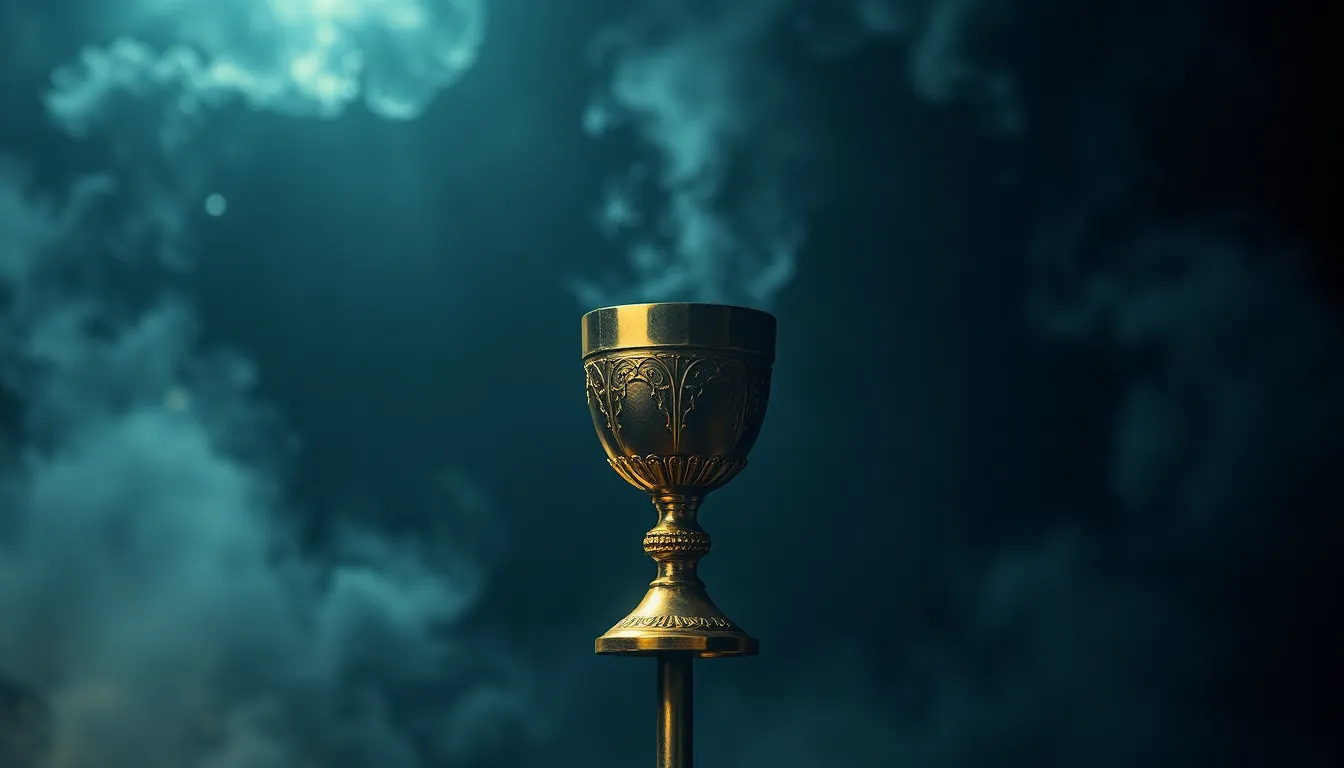The Trickster’s Influence on Popular Culture
Introduction: Defining the Trickster Archetype
The trickster archetype is a fascinating figure found in mythologies and folklore across various cultures. These characters often embody a dual nature, serving as both a disruptor and a catalyst for change. Characteristics of tricksters include cleverness, deceit, and a penchant for humor, as well as the ability to challenge the status quo. From ancient tales to modern narratives, tricksters play a vital role in shaping cultural narratives and societal norms.
Historical Roots of the Trickster in Folklore
Trickster figures have deep historical roots in ancient myths and stories. Some notable examples include:
- Loki in Norse mythology, known for his cunning and manipulative nature, often causing chaos among the gods.
- Anansi, the spider from African folklore, who uses wit and wisdom to outsmart larger and stronger foes.
- Coyote in Native American tales, who often finds himself in humorous yet enlightening predicaments.
These tricksters often serve as vehicles for moral lessons, teaching audiences about the consequences of actions and the complexity of human nature. Their stories challenge societal norms and encourage critical thinking about authority and tradition.
The Trickster in Literature
In literature, trickster characters have evolved over time, influencing narratives across genres. For example:
- Odysseus in Homer’s “The Odyssey” utilizes his cunning to navigate challenges and outwit adversaries, showcasing the blend of heroism and trickery.
- Huckleberry Finn in Mark Twain’s “The Adventures of Huckleberry Finn” embodies the spirit of rebellion and moral questioning, often using his wits to navigate complex social issues.
Contemporary literature continues to explore the trickster archetype, with characters who subvert expectations and challenge conventional narratives, reflecting modern society’s complexities.
Tricksters in Film and Television
Film and television have brought trickster characters to the forefront of popular culture. Iconic examples include:
- The Joker from the Batman franchise, whose chaotic nature and dark humor challenge societal norms and highlight the thin line between sanity and madness.
- Ferris Bueller in “Ferris Bueller’s Day Off” represents the carefree spirit of youth, using cleverness to outmaneuver authority and enjoy life.
Trickster narratives are also prevalent in popular TV shows. Series like “The Simpsons” and “Rick and Morty” frequently utilize trickster characters to satirize society, often providing sharp social commentary through humor and absurdity.
The Trickster in Music and Performance Art
Music and performance art have long embraced trickster themes, with artists using their platforms to challenge norms and provoke thought. Some notable examples include:
- David Bowie, whose ever-changing persona and boundary-pushing music often reflected the trickster spirit, embracing ambiguity and transformation.
- Madonna, known for her provocative performances and ability to challenge societal expectations surrounding gender and sexuality.
In live performances, tricksters often subvert traditional artistic expressions, using humor and irony to convey deeper messages about identity and society.
Trickster Influence in Gaming Culture
Video games have also adopted the trickster archetype, with characters that embody cunning and mischief. Examples include:
- Loki in “Smite,” who uses trickery and deception as part of his gameplay mechanics, reflecting his mythological roots.
- The Joker in the “Batman: Arkham” series, whose unpredictable nature and clever tactics create engaging gameplay experiences.
These trickster narratives often drive player engagement, encouraging creativity and strategic thinking, while also providing a commentary on the nature of good and evil within game worlds.
Cultural Commentary and Social Critique
The trickster serves as a powerful vehicle for cultural commentary and social critique in popular culture. Tricksters often challenge authority and societal norms, using humor and wit to expose hypocrisy and injustice. Examples include:
- Characters in political satire shows that lampoon leaders and policies, encouraging viewers to question authority.
- Artistic movements that use the trickster spirit to critique societal issues, pushing for change through humor and creativity.
Through their actions, tricksters invite audiences to reflect on their beliefs and the structures that govern their lives.
The Trickster’s Role in Internet Culture
The rise of the internet has given birth to new trickster figures, often found in memes and online personas. Notable examples include:
- Pepe the Frog, whose various iterations reflect the complexities of modern internet culture and its subversive tendencies.
- Trolls, who use humor and provocation to challenge norms and entertain in online spaces.
Digital platforms have amplified the proliferation of trickster archetypes, allowing for rapid sharing and evolution of these figures within online communities.
The Psychological and Emotional Impact of the Trickster
Trickster characters resonate with audiences on a psychological level, often embodying themes of rebellion, identity, and freedom. They provide a lens through which individuals can explore their own struggles against conformity and societal expectations. Characteristics that enhance this connection include:
- The ability to navigate complex moral landscapes, reflecting the ambiguity of real-life choices.
- A humorous approach to serious topics, making challenging ideas more accessible and relatable.
As a result, tricksters can serve as catalysts for personal reflection and societal change, encouraging audiences to embrace their inner rebel.
Conclusion: The Enduring Legacy of the Trickster in Popular Culture
The trickster archetype continues to thrive in popular culture, influencing storytelling across various mediums. From ancient myths to contemporary narratives, tricksters challenge norms, provoke thought, and inspire change. Their enduring legacy serves as a reminder of the power of wit and creativity in navigating the complexities of human experience, ensuring that the spirit of the trickster will remain a vital part of our cultural landscape for generations to come.




